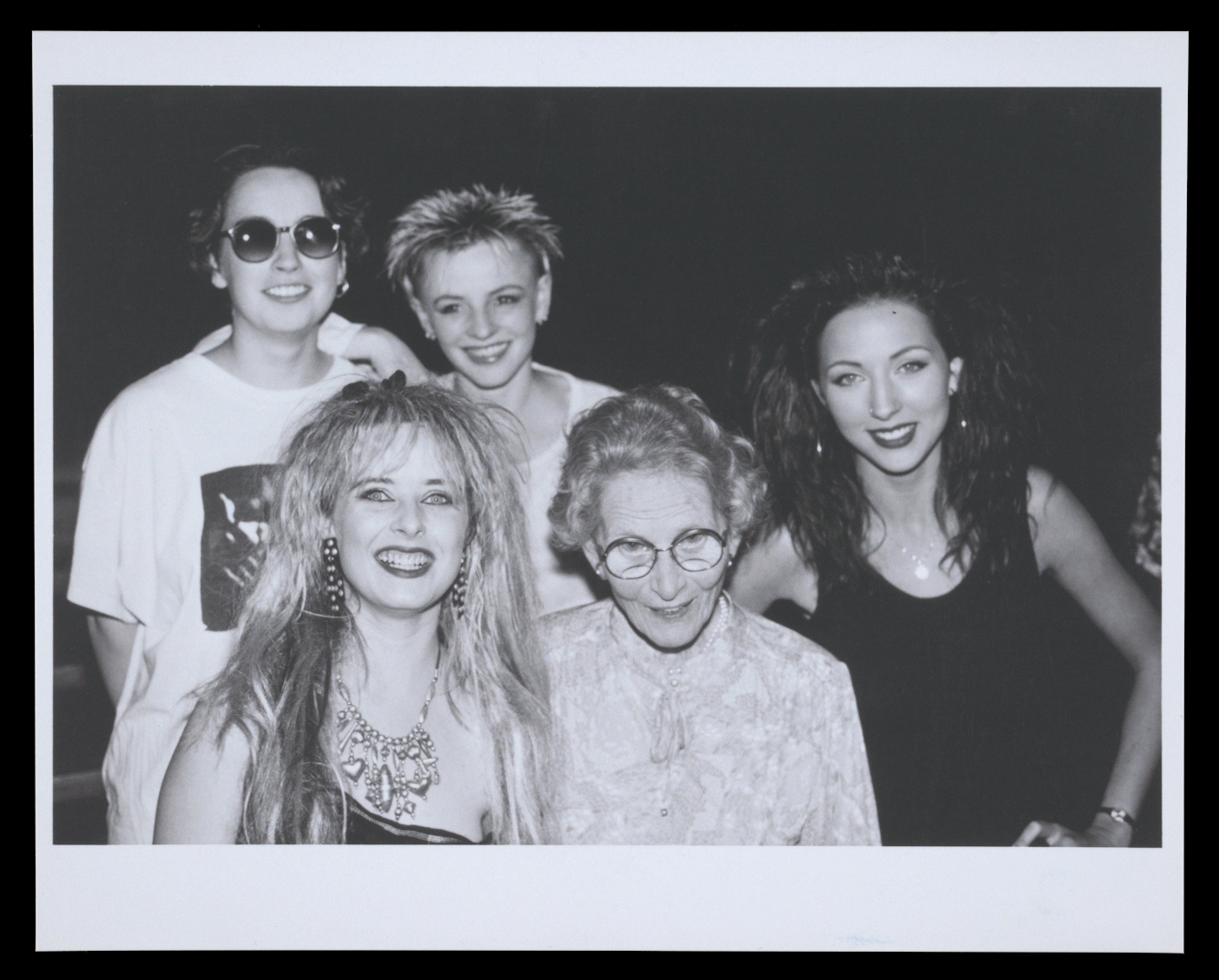Brook Advisory Centres used graphic imagery and everyday language in their sex-education guides. While the guides were popular with the young people they were aimed at, they caused controversy among some politicians and the media.
Responses to Brook’s sex education guides
Words by Caroline Rusterholz
- In pictures
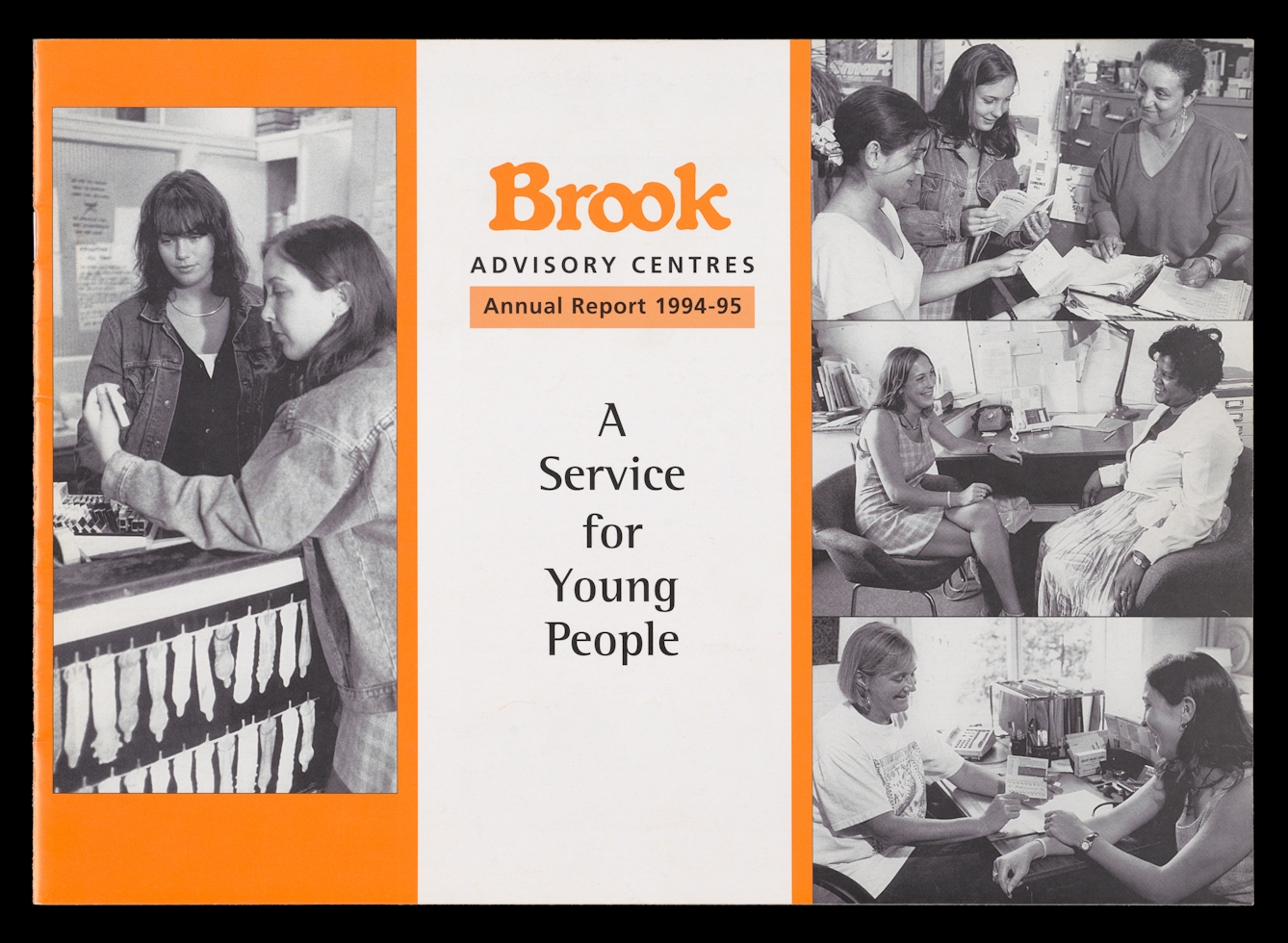
Information on contraception and sexuality for young people has always been a contentious topic in the UK. Even today, sex education and relationships at school are hotly debated, and new guidance remains desperately limited. The first UK institution to tackle this lack of information for young people was Brook (at the time Brook Advisory Centres or BAC) in 1964. BAC’s aims were to “educat[e] young persons in matter[s] of sex and contraception and develop among them a sense of responsibility in regard to sexual behaviours”.
The centres were created by Helen Brook, who had worked for the Family Planning Association (FPA). Until then, only married people were allowed into FPA clinics and Marie Stopes clinics. BAC broke with this tradition and officially allowed young unmarried people to obtain advice and contraception for the first time. In addition to providing in-person counselling, Brook members produced visual materials to inform young people about contraceptive methods and safe sex practices.
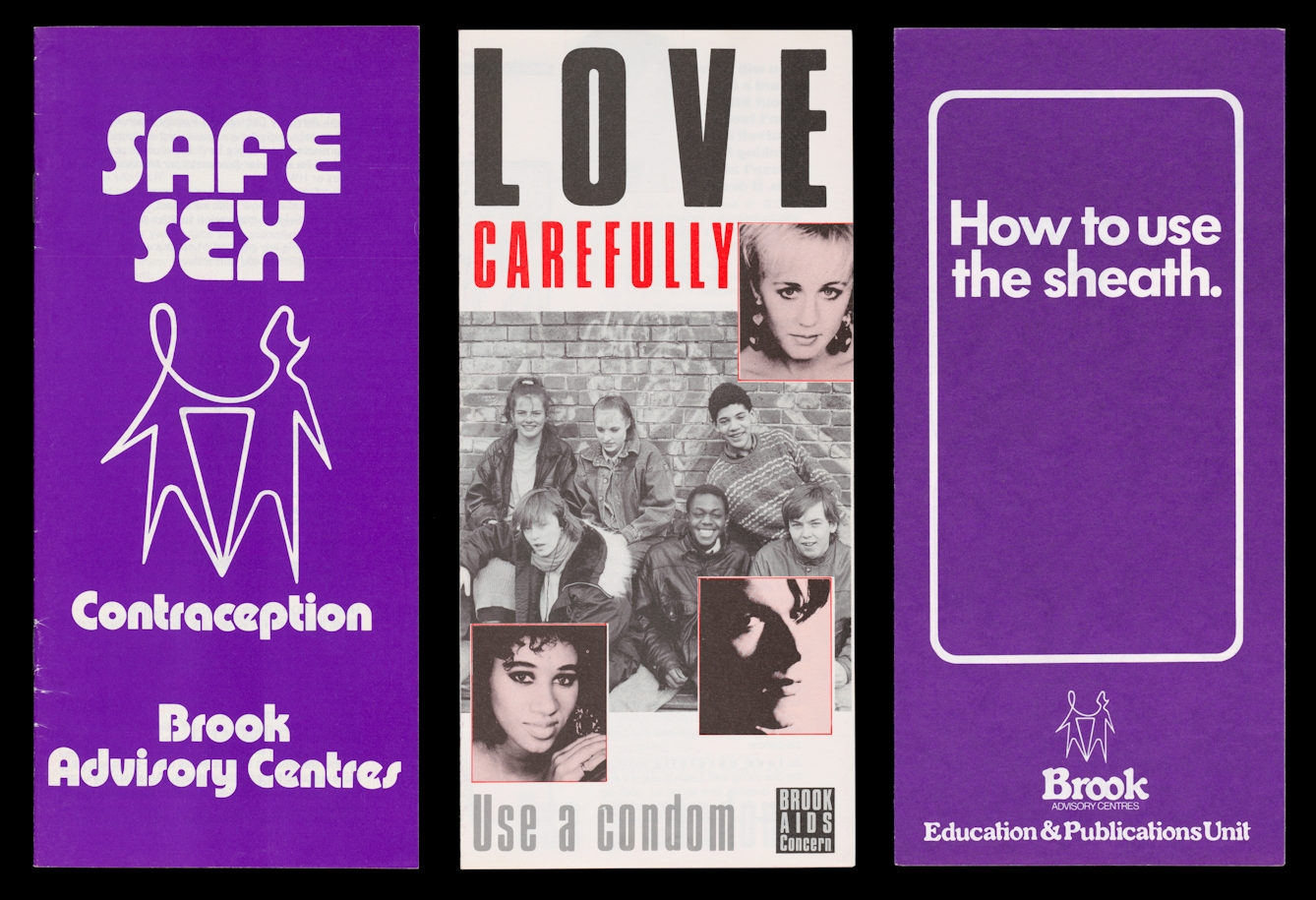
In 1974, BAC designed its first informational leaflet, called ‘Safe Sex Contraception’. Combining detailed visual depictions of the contraceptive methods available on the market with informative text explaining how the methods worked, this leaflet provided evidence-based information about the advantages and disadvantages of each method, as well as its failure rate. It also offered a list of BAC branches where young people could obtain contraceptives. More than 30,000 copies circulated in 1974, and the leaflet was updated based on the latest scientific studies in 1977 and 1979.
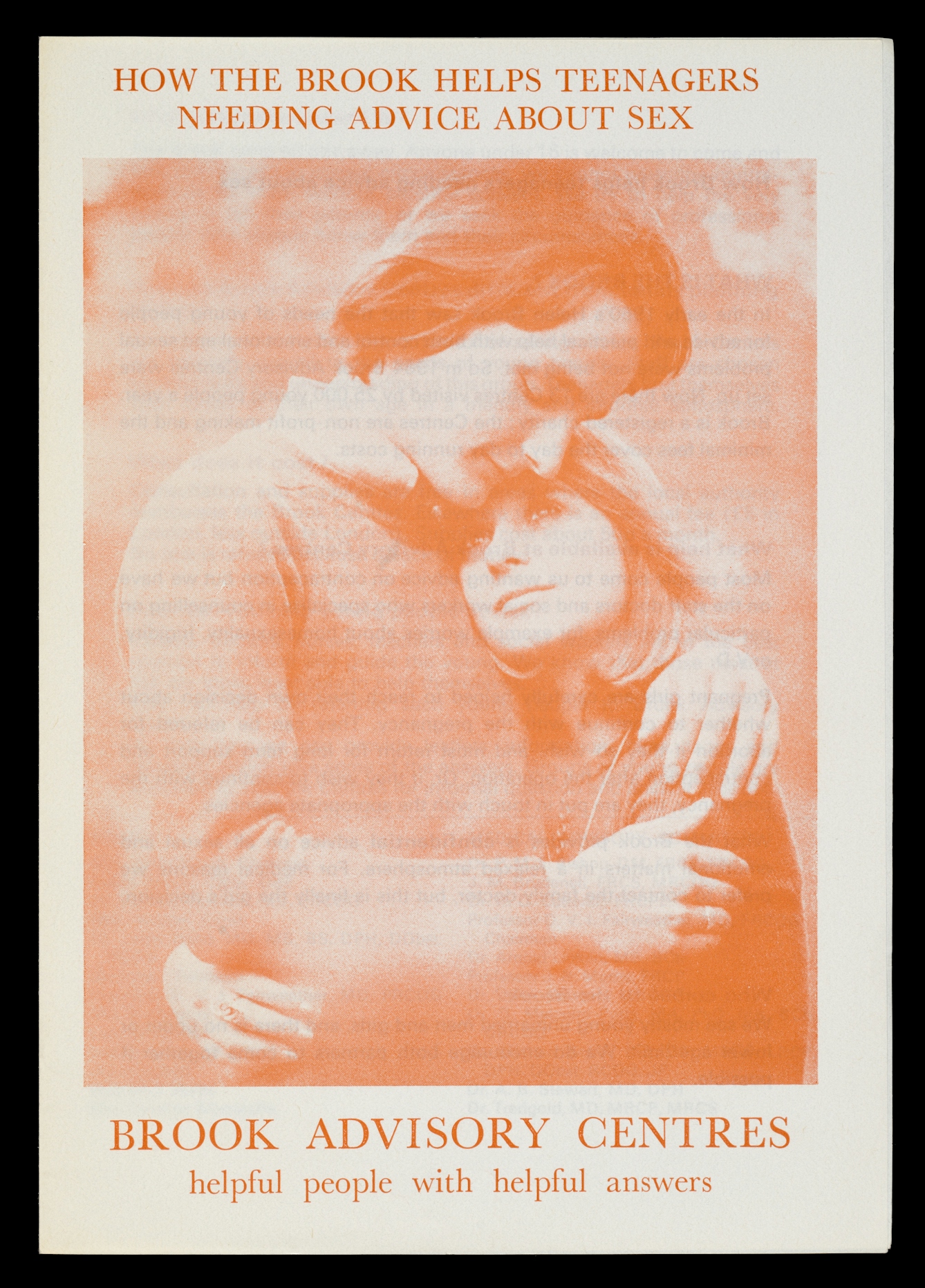
The educative work done by BAC proved popular, and BAC members were regularly invited to give sex-education talks in schools across Britain. Sex education was the responsibility of the Health Education Council from 1968 onwards. The latter worked with independent voluntary agencies such as the National Marriage Guidance Council, the Family Planning Association and BAC in order to train and provide resources for teachers.
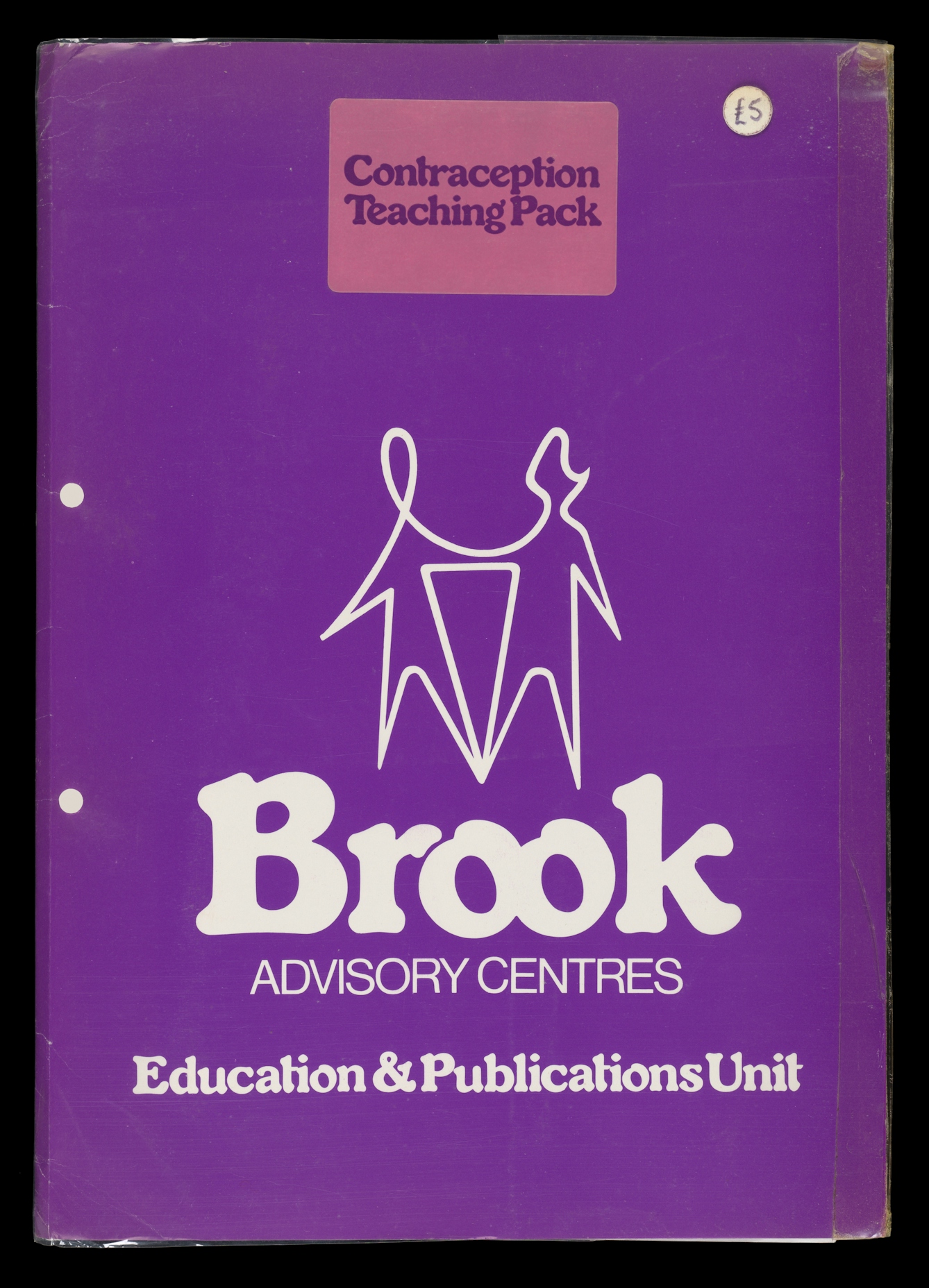
In 1976 BAC Birmingham created a safe-sex kit for use by teachers, speakers and group leaders. The kit was made up of 48 slides, a cassette tape, some accompanying notes, the aforementioned ‘Safe Sex’ leaflet and a set of contraceptive samples. It presented facts about contraception by depicting a young couple’s visit to the doctor. This kit proved successful and, as a result, an Education and Publications Unit was set up to produce teaching kits.
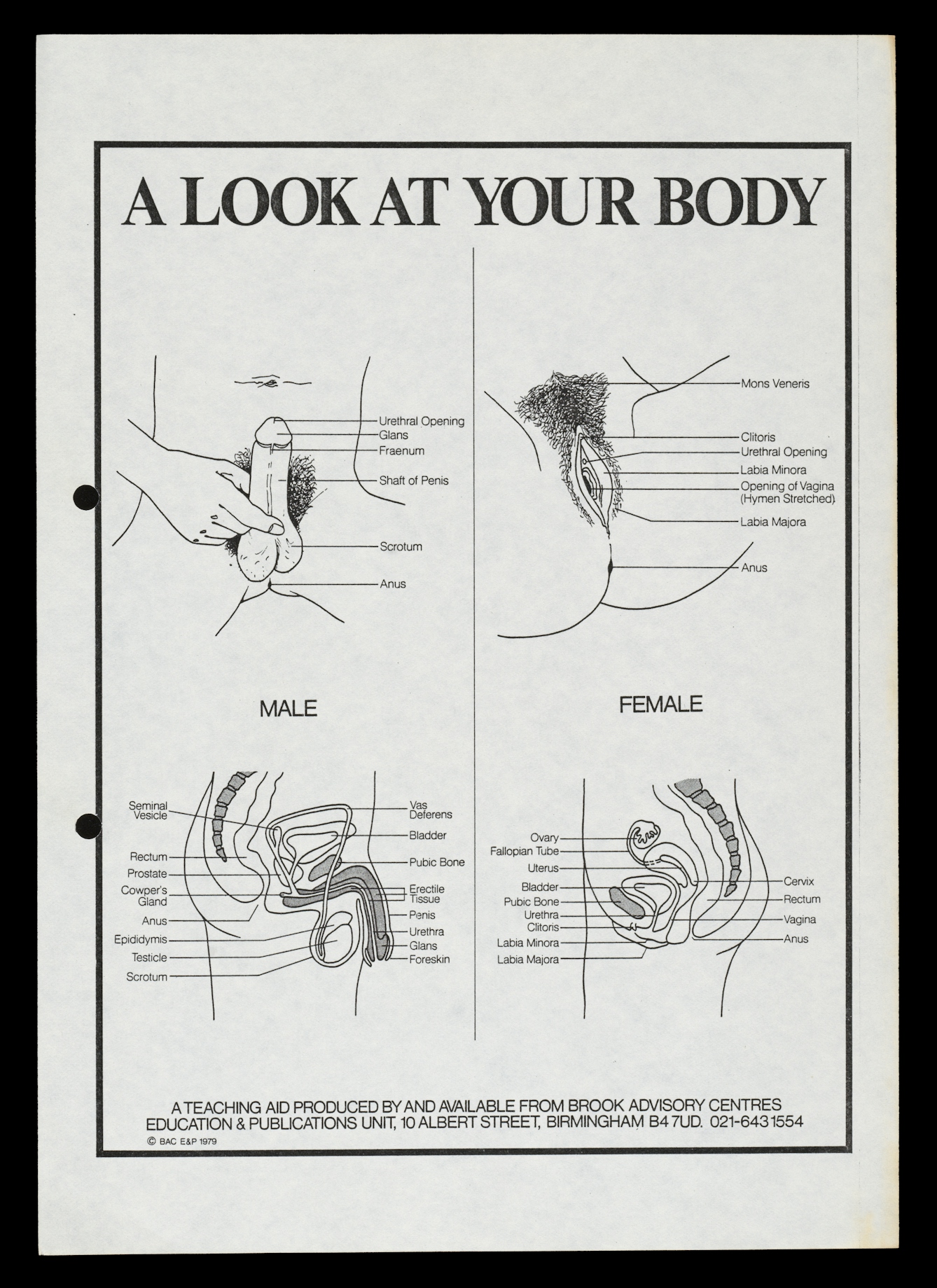
In 1980 the first contraception teaching pack designed by the unit was produced. It offered advice and material for teachers to use when introducing the topic of contraception. Three main themes were covered: biology of sex, methods of contraception, and use of contraception. Each of them was arranged around resource materials that featured visual graphics. For instance, the leaflet ‘A Look at Your Body’ combined a frontal depiction of the male and female genitals with an identification of the different anatomical parts and cut-side views of the same genitals.
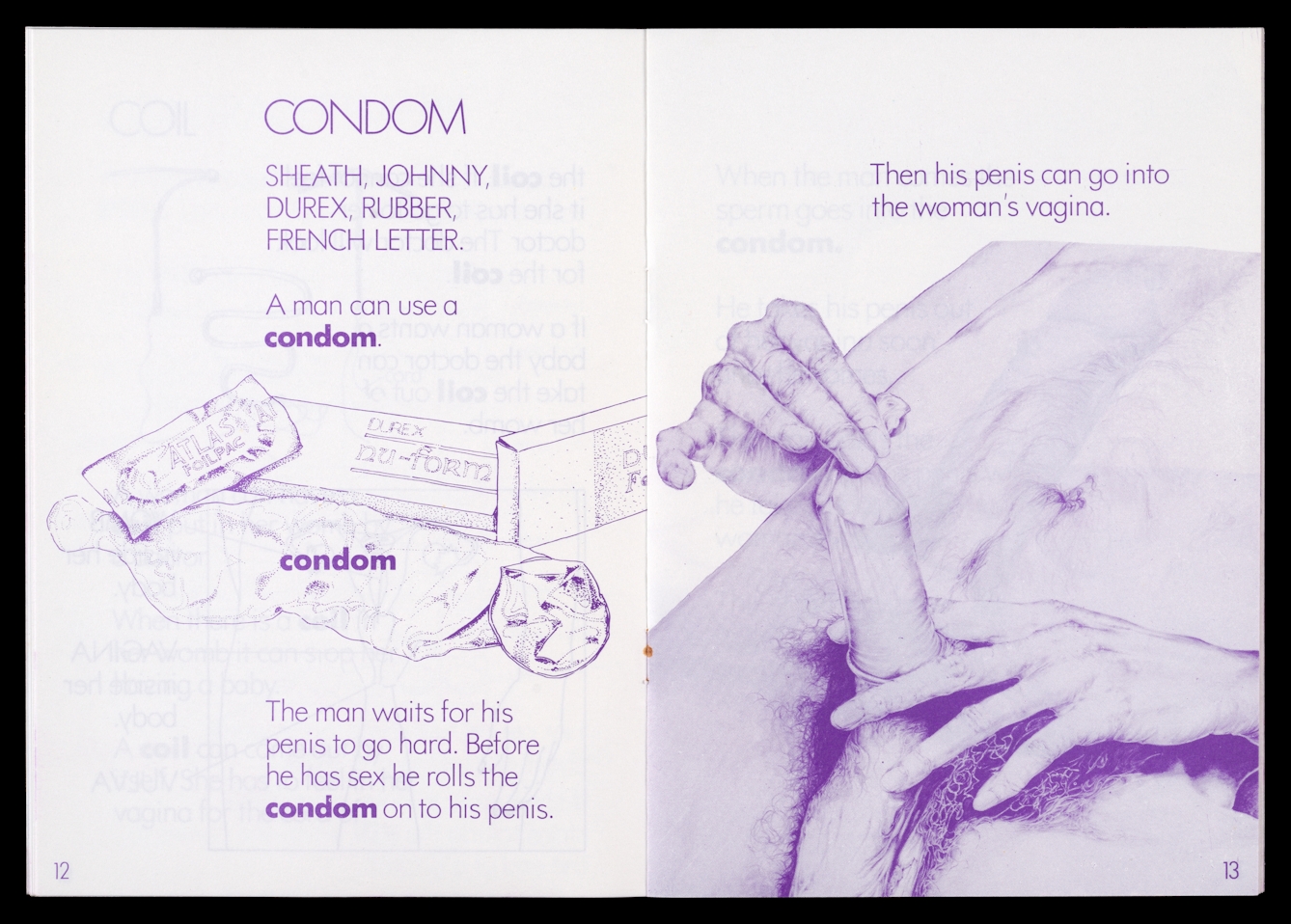
However, one leaflet triggered widespread condemnation and BAC was told to remove it from teaching packs or lose government funding for the Education and Publications Unit. Entitled ‘A Look at Safe Sex’ (1978), the booklet was designed for people with learning impairments. Ten thousand copies of the booklet were printed, 800 of which were distributed to officials and teachers in order to assess its acceptability and efficiency as a teaching aid for people with limited reading skills. For the purpose of providing “simple and explicit” information, the leaflet depicted frontal nudes and erect penises alongside both Latin terminology and “back-room language”. It also showed graphic depictions of the different methods of birth control and how to use them.
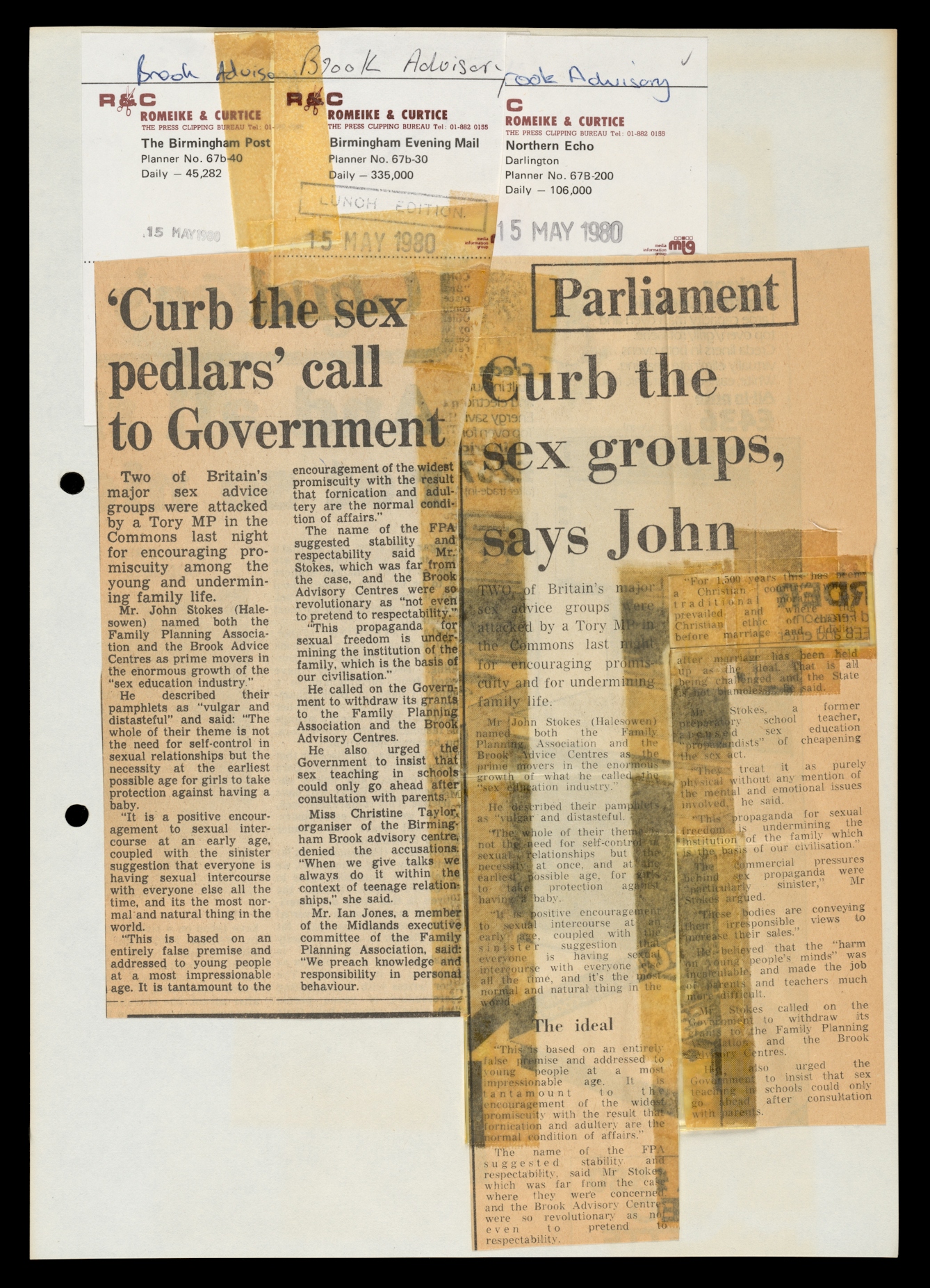
‘A Look at Safe Sex’ proved popular, and another 7,000 copies were distributed the same year, but in 1980 the booklet attracted negative attention from politicians due to its straightforward approach to contraception. In Parliament, the Tory MP James Pawsey stated that the pack “contained some of the most pornographic material I have ever seen”. What outraged Pawsey was the fact that the leaflet did not contextualise the sexual relationship in a broader moral framework but instead provided simple, factual and accurate information on contraception, using the language of young people.
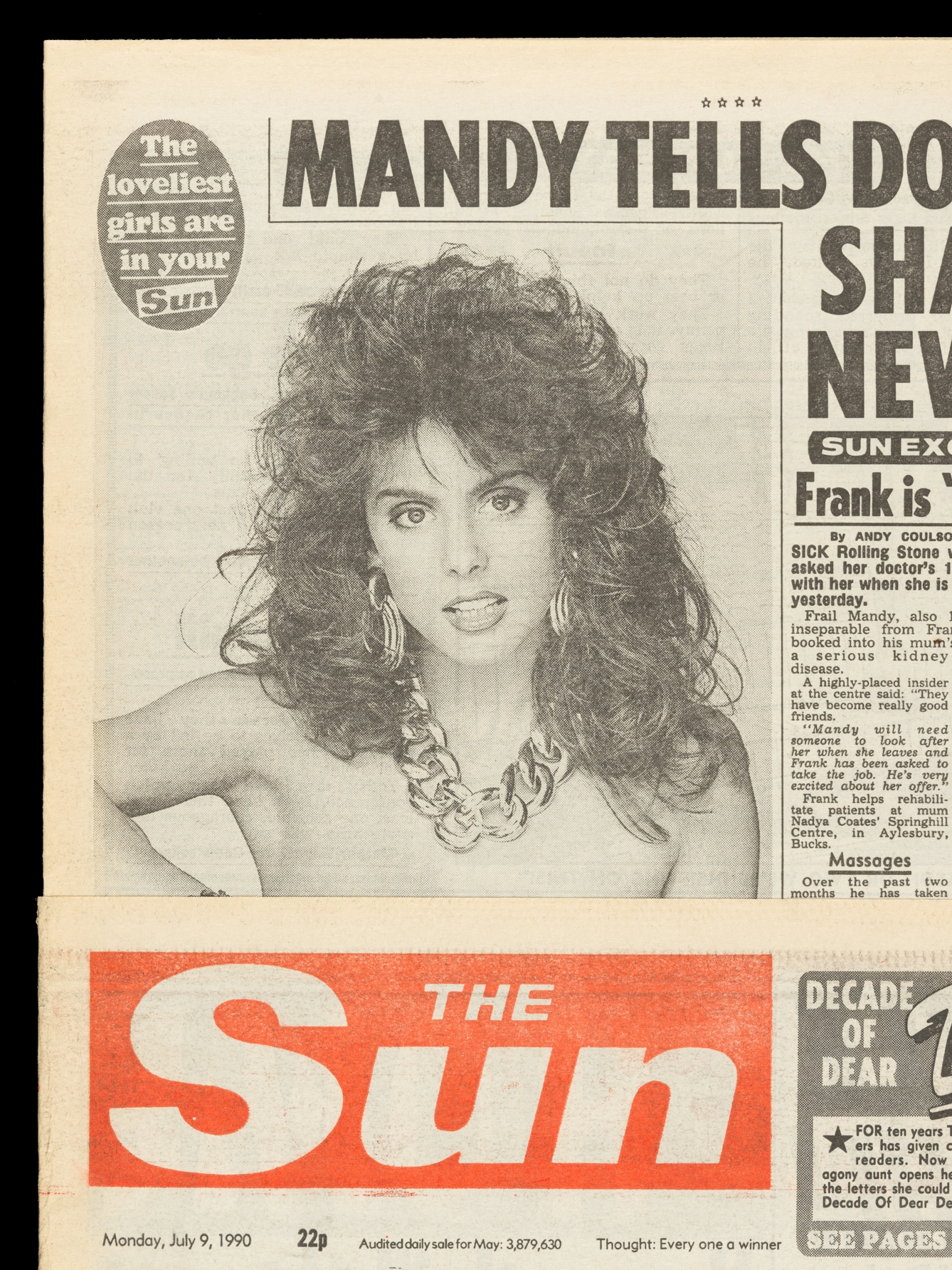
This controversy reveals that despite the need to educate young people about contraception, explicit visual materials were censored, indicating the graphic boundaries of what was acceptable in sex education at a time when the media was increasingly using explicit and sexual imagery of young people to attract consumers.
About the author
Caroline Rusterholz
Dr Caroline Rusterholz is a Wellcome Trust Research Fellow at the Faculty of History, University of Cambridge.
